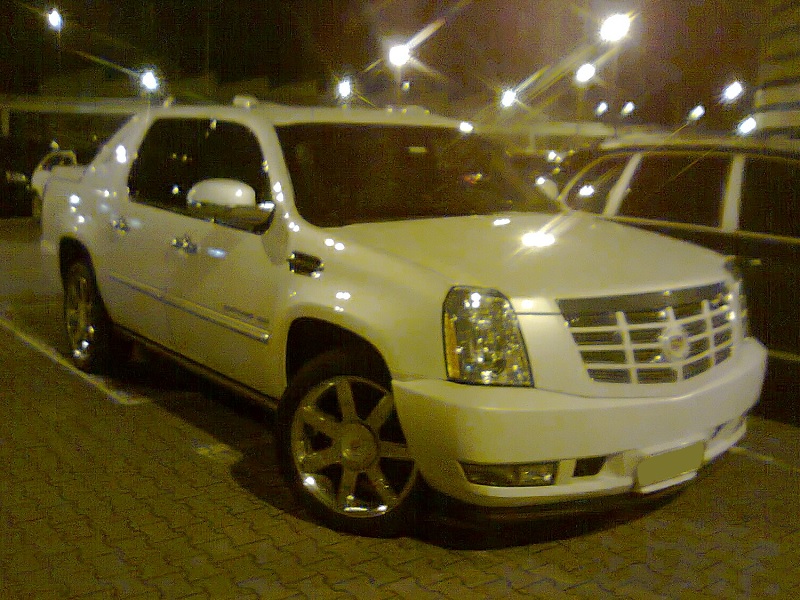 |
| International 9800i: currently more popular in overseas markets actually |
 |
| Hyundai HR: once it was available in Mexico rebadged as a Dodge |
Often, access to the engine for PMS purposes is pointed unfavorably to cab-forwards since they would either require the cab to tilt forward or an internal hatch under the front seats to reach the engine. But nowadays it's not really so unfavorable, since due to the engine getting mounted a little backwards even in conventional-cab trucks, it often requires the cab to be entirely removed on them to acess the engine or some specific components...
Another aspect to be considered is the availability of comfort features: nothing prevents a cab-forward to be fully-loaded, including options such as 4WD, automatic transmission and crew-cab, altough their main markets usually go for no-frills versions to be used essentially as a tool, while in America a whole cultural phenomenon developed around the usage of pickup-trucks as personal commuters, leading even to the introduction of luxury-oriented trucks such as the Cadillac Escalade EXT.
Usually, less attention is given to make the design of a cab-forward truck to look either "sporty" or macho rather than focusing only in the functional aspect, which seems to make this layout look less attractive for the average Joe who uses a truck just as an ego-extender, but nothing prevents either a redneck to haul all his guns, fishing rods and camping gear with one, or a ricer to turn it into a F-Truck racing replica.
After all, it seems that a cab-forward light-duty truck is a reasonable option even in the American market, it would only need a chance to find its chunk on the local market share.











I think foton is the light duty trucks in the Philippines
ReplyDelete